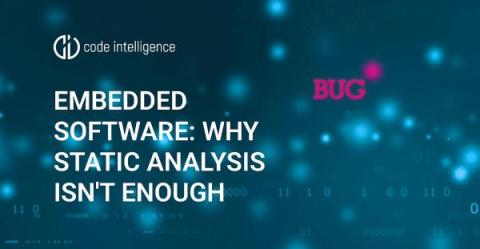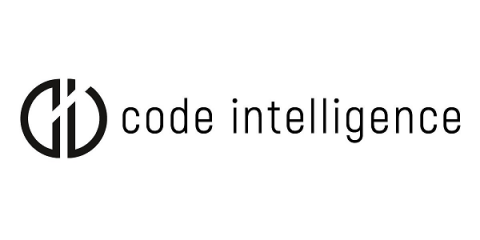Top 5 reasons to fuzz embedded systems
One of the most effective security testing methods for embedded systems is fuzz testing. It’s the fastest way to identify memory corruption errors and their root cause. It enables a shift-left testing approach, recommended by many industry standards, and reaches up to 100% code coverage. Read on for the details.











